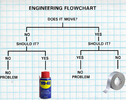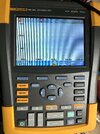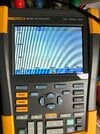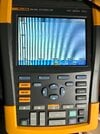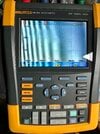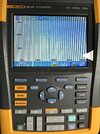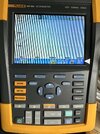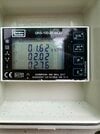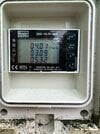Jason71
Well-Known Member
Alternate Remedy based on your Causal factors:It's an edge case!Can't be just volt drop if it doesn't happen with a 9.5 kW shower running and a BMW pulling 32 A on the same circuit as the gate, but does happen with only a Tesla pulling >16 A on a separate circuit. My final report to be submitted to the OP for only £1000/hr looks like...
Causal factors:
Likely combination of undersized/too long cable to gate causing significant voltage drop during motor inrush current, and/or degraded motor, and/or poor condition stiff mechanism requiring high torque to move meaning in normal conditions the motor has only just enough torque to get the gate moving.
In the specific case of a Tesla on charge over 16 A, so it is using two onboard chargers, it injects just enough harmonic distortion to the supply that the motor torque is reduced just enough to stall when operated. Doesn't happen with the BMW cos it has less harmonic distortion, I dunno.
Remedy:
Upgraded underground cable or filtering/isolation, UPS etc for gate.
Bets in.
WD40



